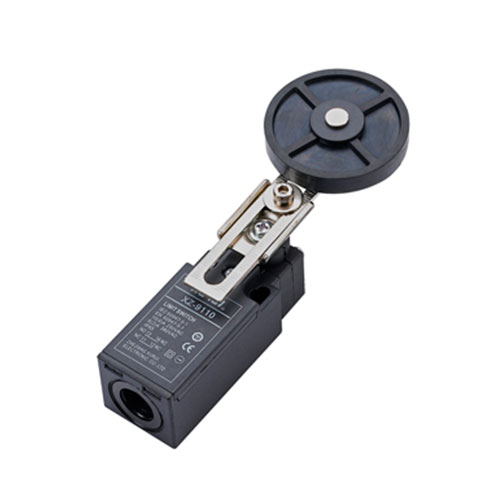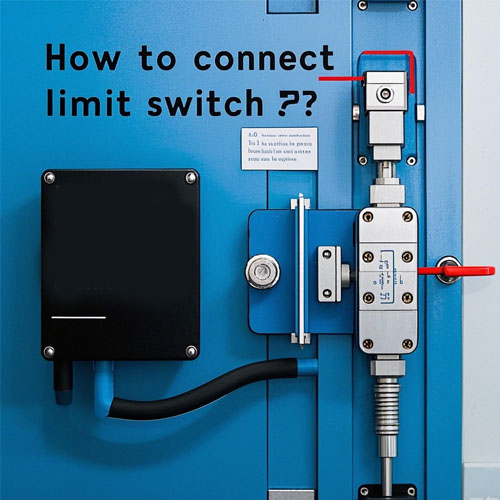An A/C pressure switch is a key component installed in the refrigerant circulation system of air conditioning equipment. Its core function is to monitor the pressure of the refrigerant and automatically connect or disconnect the circuit by sensing pressure changes, thereby protecting the compressor.
Working Principle: A/C pressure switch contains a pressure-sensitive element (such as a diaphragm or bellows) that deforms with changes in system pressure. This deformation drives a mechanical mechanism to trigger electrical contacts. When the pressure exceeds the high-pressure threshold (typically 2.5–3.5MPa) or falls below the low-pressure threshold (approximately 0.1–0.2MPa), the switch acts to cut off or restore the power supply to the compressor.
Key Roles:
• High-Pressure Protection: Prevents damage caused by excessive pressure due to poor heat dissipation, pipeline blockages, etc., avoiding risks such as pipeline bursts or compressor failures.
• Low-Pressure Protection: Detects refrigerant leakage or insufficient charge to prevent compressor wear from idling.
Differences in A/C Pressure Switches Across Applications
1. Household Air Conditioning Pressure Switches
• Installation Location: Usually located in the outdoor unit’s pipeline (high-pressure or low-pressure side), and some models are integrated into the compressor junction box.
• Technical Features:
• Compatible with common refrigerants like R32 and R410A, with a pressure resistance rating of over 3.5MPa.
• Equipped with IP54 dustproof and waterproof design to adapt to outdoor humid and dusty environments.
• Most are bidirectional detection types (monitoring both high and low pressure) with automatic reset functions.
2. Automotive Air Conditioning Pressure Switches
• Installation Location: Connected in series in the refrigerant pipeline of the vehicle’s air conditioning system, near the compressor or condenser.
• Technical Features:
• Small size, strong shock resistance, can work in a wider temperature range (-40℃ to +85℃) to adapt to vehicle vibration.
• Some models integrate three-pressure switches (high, medium, low), which not only provide protection but also control the speed of the radiator fan.
• Adopt automotive-specific quick-connect fittings for fast installation and tightness detection.
3. Industrial Air Conditioning/Refrigeration Equipment Pressure Switches
• Technical Requirements:
• Higher pressure resistance (up to 5MPa or more), suitable for high-pressure systems such as large chillers and cold storage.
• Support customized threshold settings (e.g., adjusting low-pressure protection values in low-temperature environments).
• Mostly use stainless steel casings for stronger corrosion resistance, suitable for harsh scenarios like chemical and food processing industries.
A/C Pressure Switches is Automatic Detection Switches
A/C pressure switches belong to the category of automatic detection switches, whose core feature is automatically triggering switch actions by sensing changes in specific physical quantities (such as pressure) without manual intervention. The common technical logic of these switches is:
Physical quantity detection → Signal conversion → Circuit on/off control, widely used in industrial automation, smart devices, and civil appliances.
Main Types of Automatic Detection Switches
1. Limit Switches
• Detection Object: Mechanical position or stroke (e.g., elevator leveling, limit positions of machine tool worktables).
• Working Principle: Triggered by the collision of a stop block with a lever or cam mechanism, driving contact actions. Commonly used for equipment stroke protection or position feedback.
2. Temperature Switches
• Detection Object: Environmental or equipment temperature (e.g., motor overheating protection, water heater temperature control).
• Technical Types: Bimetallic strip type (using differences in thermal expansion coefficients) or thermocouple type, activating contacts through temperature changes.
3. Flow Switches
• Detection Object: Fluid flow rate or velocity (e.g., water treatment systems, cooling circulation pipelines).
• Working Principle: Use blades, differential pressure sensors, or ultrasonic technology to sense flow. Trigger alarms or shutdowns when the flow rate is lower than the set value.
4. Level Switches
• Detection Object: Liquid level in containers (e.g., water tank level control, fuel tank level monitoring).
• Technical Types: Floating ball type (mechanical contact) or capacitive type (non-contact detection), preventing liquid overflow or pump dry running.
5. Pressure Switches (General Category)
• Detection Object: Gas or liquid pressure, applied in hydraulic systems, air compressors, etc., with designs ranging from simple diaphragm models to high-precision digital sensors.
Technical Commonalities and Application Value of Automatic detection switches
Automatic detection switches share core advantages of real-time response and autonomy, with common technical features including:
• Non-Manual Intervention: Automatically respond to physical changes, enhancing system safety and reliability.
• Customizable Thresholds: Preset trigger conditions according to operating conditions (critical values for pressure, temperature, position, etc.).
• Multi-Scenario Adaptation: From household devices to industrial production lines, meeting diverse control needs through different detection principles.
Taking the A/C pressure switch as an example, together with limit switches and other types, it forms an "automatic defense line" for equipment protection. These switches, though seemingly minor, are key components ensuring the efficient and safe operation of modern equipment, reflecting the technical wisdom of "controlling the macro with the micro" in industrial design.
tag: #Limit Switch









